Why are your kidneys so important?
As you may know, your kidneys are 2 bean-shaped organs that are located on both sides of your spine, behind your abdomen, and just below your ribs. Each kidney measures approximately 4–5 inches in length or is commonly compared to the size of a large fist.
What are the responsibilities of the kidneys?
 |
|
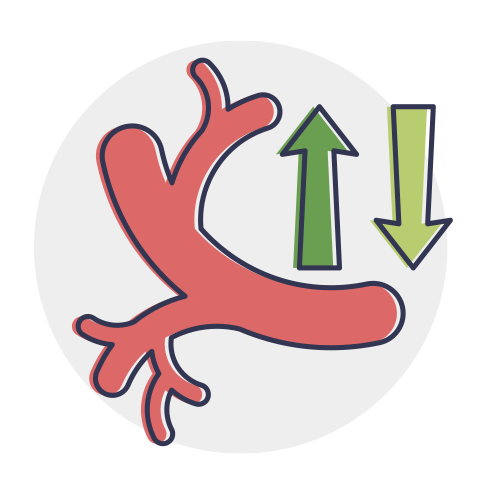 |
|
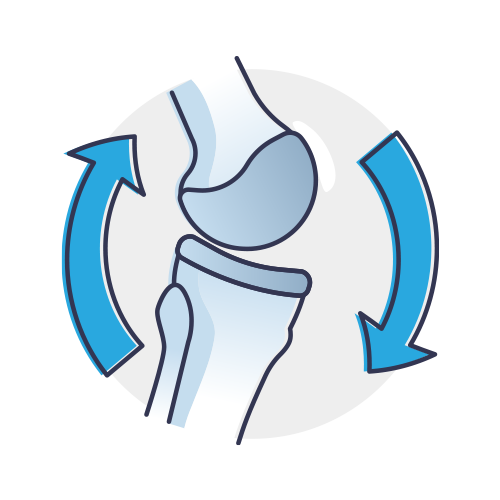 |
|
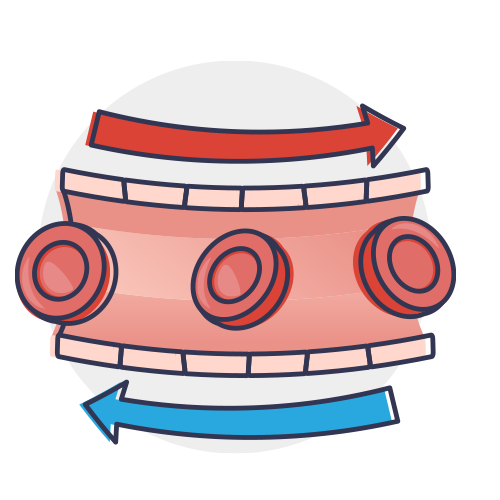 |
|
Your kidneys' primary role is to eliminate waste and extra fluid from your body. The waste products and extra fluid are stored in the bladder and removed through the urine.
Urine generally travels from your kidneys to your bladder through 2 tiny tubes called ureters (1 on each side of your bladder). Urea (which is produced by the breakdown of proteins) is kept in your bladder.
Your urinary tract consists of your kidneys, ureters, and bladder. By utilizing these tubules, your kidneys reabsorb nutrients from your blood and transfer them to regions of your body that need them.
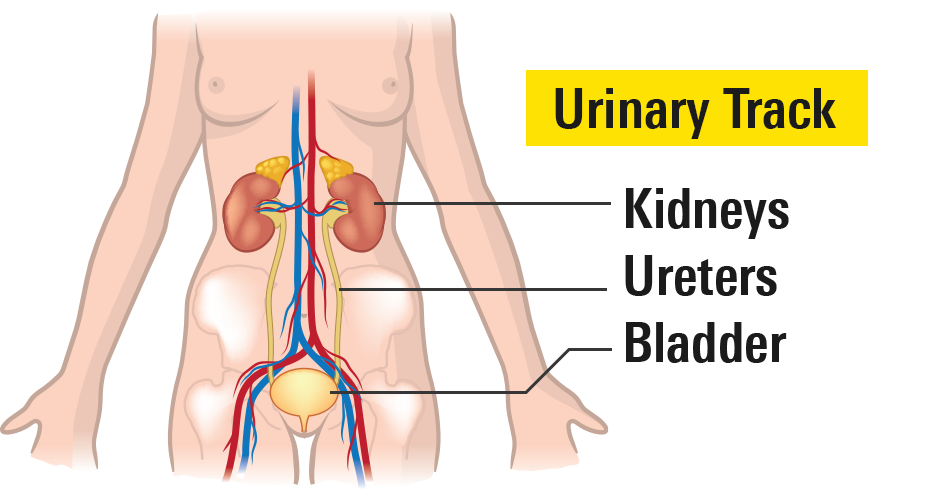
To keep appropriate balance, your kidneys also reabsorb other substances, including the following:
- Chloride
- Phosphate
- Sodium
- Bicarbonate
- Water
- Magnesium
- Potassium
- Glucose
- Amino acids
Overall, there are 3 key roles your kidneys are responsible for which include the following:
- Filtering your blood to remove waste products
- Maintain your body's water and electrolyte balance (particularly sodium and potassium which are the most crucial)
- Releasing several crucial hormones, including the following:
Renin
Renin (a hormone that’s responsible for maintaining your blood pressure) is produced by your kidneys when your blood pressure drops in order to narrow your small blood vessels and raise your blood pressure. An excessive amount of renin may be produced by abnormal kidneys, which then tends to raise your blood pressure and lead to hypertension (also known as high blood pressure).Vitamin D
Normally, your kidney has to slightly alter vitamin D, which is consumed in an “inactive” form before it can have any effect on your body. This "activated" form of vitamin D is necessary for healthy bone structure, intestinal absorption of calcium, and efficient muscle function.Erythropoietin
Erythropoietin (a hormone produced by your kidneys) works by stimulating the production of red blood cells (RBCs) in your bone marrow. Anemia will develop if your kidney function declines as a result of insufficient hormone production and a decrease in the production of red blood cells (RBCs).
How do the kidneys work?
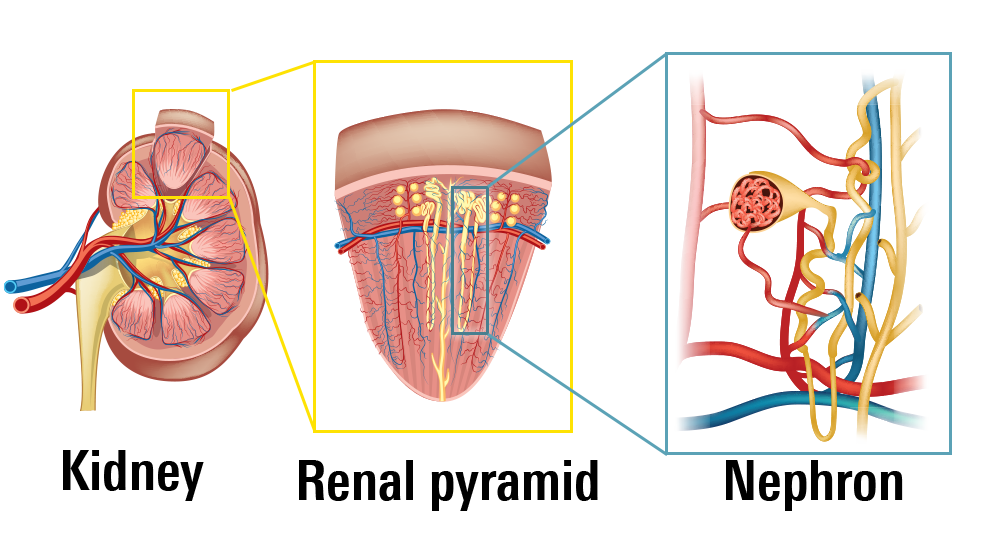
Understanding how your kidneys function is crucial for comprehending the mechanisms of certain blood pressure medications, such as diuretics.
Your kidney’s main structural and functional component is referred to as the nephron. The purpose of your nephron is to control the concentration of water and sodium. Your nephron restores what is essential to your blood and excretes the rest through urination. Blood pressure is controlled by this, as well as your blood volume.
Up to a million nephrons, or functional units can be found in each of your kidneys.
The major parts of your nephron are glomerulus, procimal tubule, loop of Henle, distal convoluted tubule, and collecting duct.
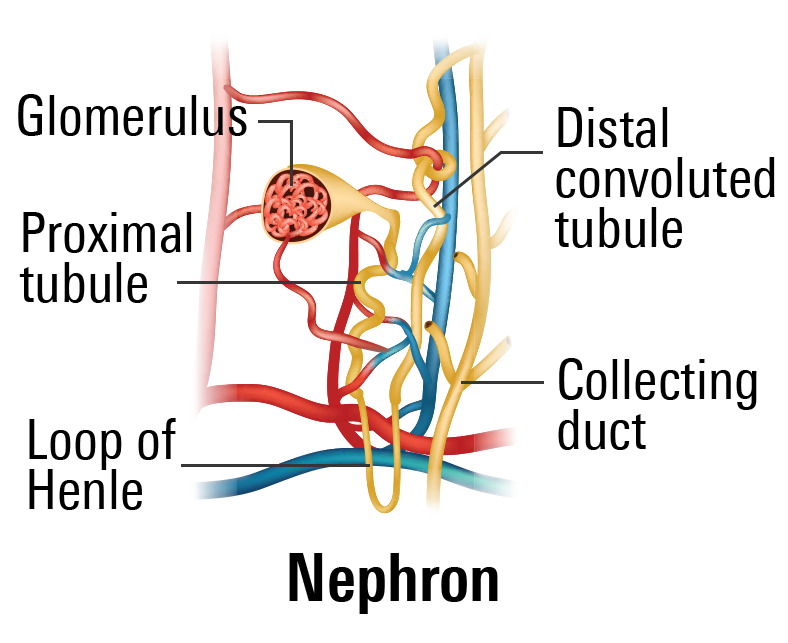
Glomerulus
Your glomerulus, a sizable filtering unit situated inside the Bowman's capsule, receives blood from the afferent arteriole.
Most medications and other substances with a molecular weight below 40,000 daltons can enter the filtrate through the glomerular capillaries and be eliminated through urination.
Larger substances, such as proteins and medications that are “protein-bound”, are not filtered and remain in your blood when your glomerulus is healthy.
A small amount of albumin (a protein in your blood that’s produced by your liver) leaks into your urine if your glomerulus is damaged. The severity of your kidney disease is determined by the amount of albumin in your urine and your glomerular filtration rate (GFR).
Read our blog: Chronic Kidney Disease (CKD)
Proximal tubule
The Bowman's capsule, which serves as the nephron's entrance, is closest to your proximal tubule. Here, a lot of the water, calcium, sodium, and chloride that was initially filtered out of your blood is reabsorbed back into it. The exchange of hydrogen and bicarbonate ions controls the pH of your blood.
Loop of Henle
This is where medications called loop diuretics work. Water is reabsorbed into your circulation when the filtrate travels down the loop of Henle, notably the descending limb, but sodium and chloride ions are not, increasing the concentration of sodium and chloride in the filtrate.
However, water is not reabsorbed back into your circulation as the filtrate moves up the ascending limb of the Henle loop, but sodium and chloride ions are.
Less sodium is reabsorbed back into your circulation when loop diuretics, also referred to as "water pills," block the sodium-potassium (Na-K) pump in the ascending limb of the loop of Henle.
Less water is able to get reabsorbed because of a large increase in sodium concentration in the filtrate.
Read our blog: Diuretics for Blood Pressure
Distal convoluted tubule
This is where medications called thiazide diuretics work.
Your distal convoluted tubule is located the farthest from the nephron entry site. It controls pH, calcium, potassium, and sodium levels.
Thiazide diuretics prevent the distal convoluted tubule's sodium-chloride (Na-Cl) pump from working. Thiazides are weaker diuretics than loops at this time because only 5% of sodium is reabsorbed. Thiazides boost the calcium pump's ability to reabsorb calcium in the distal convoluted tubule.
Thiazide diuretics, as opposed to loop diuretics, have a protective effect on your bones when used for an extended period.
Collecting duct
Each kidney's nephron is connected to the ureter through a network of tubules and ducts known as the collecting duct. Your urine filtrate leaves your body through the urethra after traveling through your bladder and ureters.
Aldosterone levels have an impact on the water and electrolyte balance in your collecting duct. The hormone aldosterone increases sodium and water absorption while decreasing potassium absorption in the distal convoluted tubule and collecting duct.
More sodium and water are eliminated in your urine when aldosterone is blocked by aldosterone antagonists such as spironolactone or eplerenone, and serum potassium rises.
